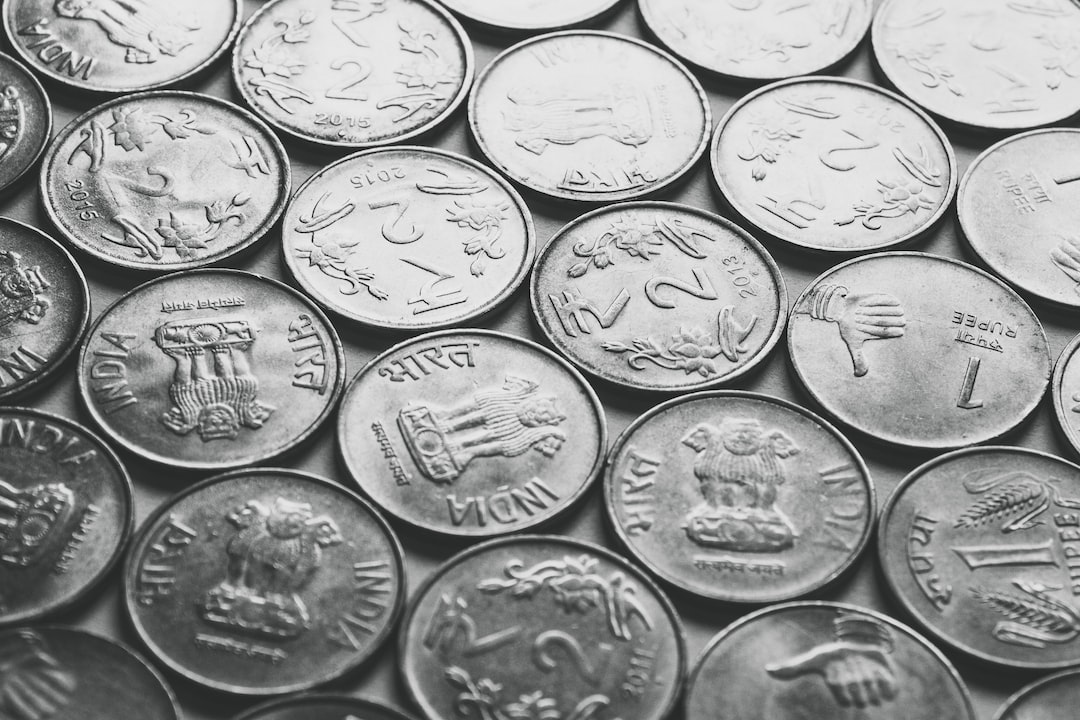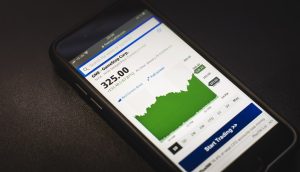Forex, short for foreign exchange, is the largest financial market in the world, with a daily turnover of over $5 trillion. It is the market where currencies are traded globally, and its participants range from large financial institutions to individual traders. Forex trading is based on the buying and selling of currencies, and the prices of these currencies fluctuate constantly. One phenomenon that traders often notice is the gap between the opening price and the closing price of a currency pair. In this article, we will explore why this gap exists and why it has a huge impact on Forex trading.
The opening price and closing price of a currency pair are the prices at which the currency pair starts and ends trading during a specified period. The opening price is the price at which the currency pair starts trading at the beginning of a trading session, while the closing price is the price at which the currency pair ends trading at the end of the session.
The gap between the opening price and closing price is known as the price gap or the price difference. This gap can be positive, negative, or zero. A positive gap occurs when the closing price is higher than the opening price, while a negative gap occurs when the closing price is lower than the opening price. A zero gap occurs when the closing price is the same as the opening price.
There are several factors that can cause a price gap in Forex trading. One of the most common reasons is news events. News events such as economic reports, speeches by central bankers, or geopolitical events can have a significant impact on the currency markets. These events can cause sudden price movements, which can result in a price gap between the opening and closing prices.
For example, let’s say that the European Central Bank (ECB) announces a surprise interest rate cut. This news can cause the Euro to depreciate rapidly against other currencies, resulting in a negative price gap between the opening and closing prices. On the other hand, if the ECB announces a surprise interest rate hike, the Euro can appreciate rapidly, resulting in a positive price gap.
Another factor that can cause price gaps is market sentiment. Market sentiment refers to the overall attitude of traders towards a particular currency pair. If traders are bullish on a currency pair, it means that they expect the price to rise, while if they are bearish, they expect the price to fall. If market sentiment changes suddenly, it can cause a price gap between the opening and closing prices.
For example, let’s say that traders are bullish on the US Dollar because of strong economic data. However, a sudden geopolitical event such as a terrorist attack or a major natural disaster can change market sentiment rapidly, causing a negative price gap between the opening and closing prices of the USD.
Finally, technical factors such as support and resistance levels, moving averages, and chart patterns can also cause price gaps. These technical factors are used by traders to identify potential entry and exit points in the market. If a support or resistance level is breached, it can cause a sudden price movement, resulting in a price gap.
In conclusion, the opening price and closing price of a currency pair can have a huge gap in Forex trading due to various factors such as news events, market sentiment, and technical factors. These price gaps can have a significant impact on Forex trading, as they can result in unexpected profits or losses for traders. It is essential for traders to stay informed about the latest news events and market sentiment and to use technical analysis to identify potential price gaps in the market. By doing so, traders can make informed decisions and minimize their risks in Forex trading.






